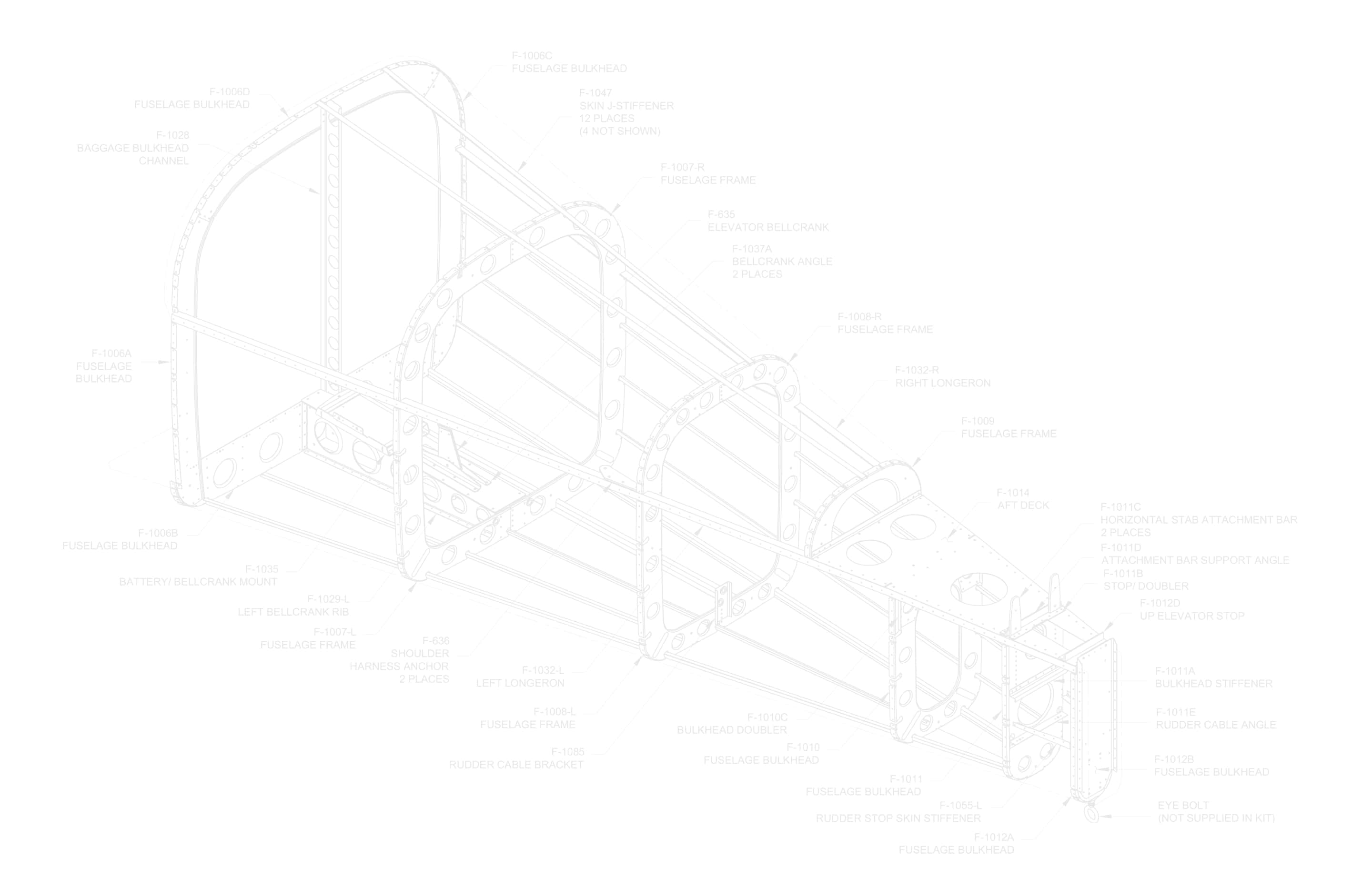- Side-by Side Seating
- Like its predecessor, the RV-6, the more modern RV-7 is configured with seats where the pilot and passenger are positioned next to each other.
- Aerobatic
- Want to master the art of loops and rolls? The RV-7 is a fully aerobatic-capable airplane, stable and responsive. No problems finding that RV grin here!
- Cross-Country Machine
- Whether it's a local hop or a long, get-there-quick cross-country flight, you can travel great distances in short time, carry stuff for both people, and enjoy the scenery!
- RV-7
 Our tailwheel model places the main gear slightly forward. The steerable tail wheel provides both great functionality and looks.
Our tailwheel model places the main gear slightly forward. The steerable tail wheel provides both great functionality and looks.- RV-7A
 Configured to stand on tricycle-gear, the RV-7A provides great forward visibility on the ground and for some, crosswind landing confidence and stability.
Configured to stand on tricycle-gear, the RV-7A provides great forward visibility on the ground and for some, crosswind landing confidence and stability.



